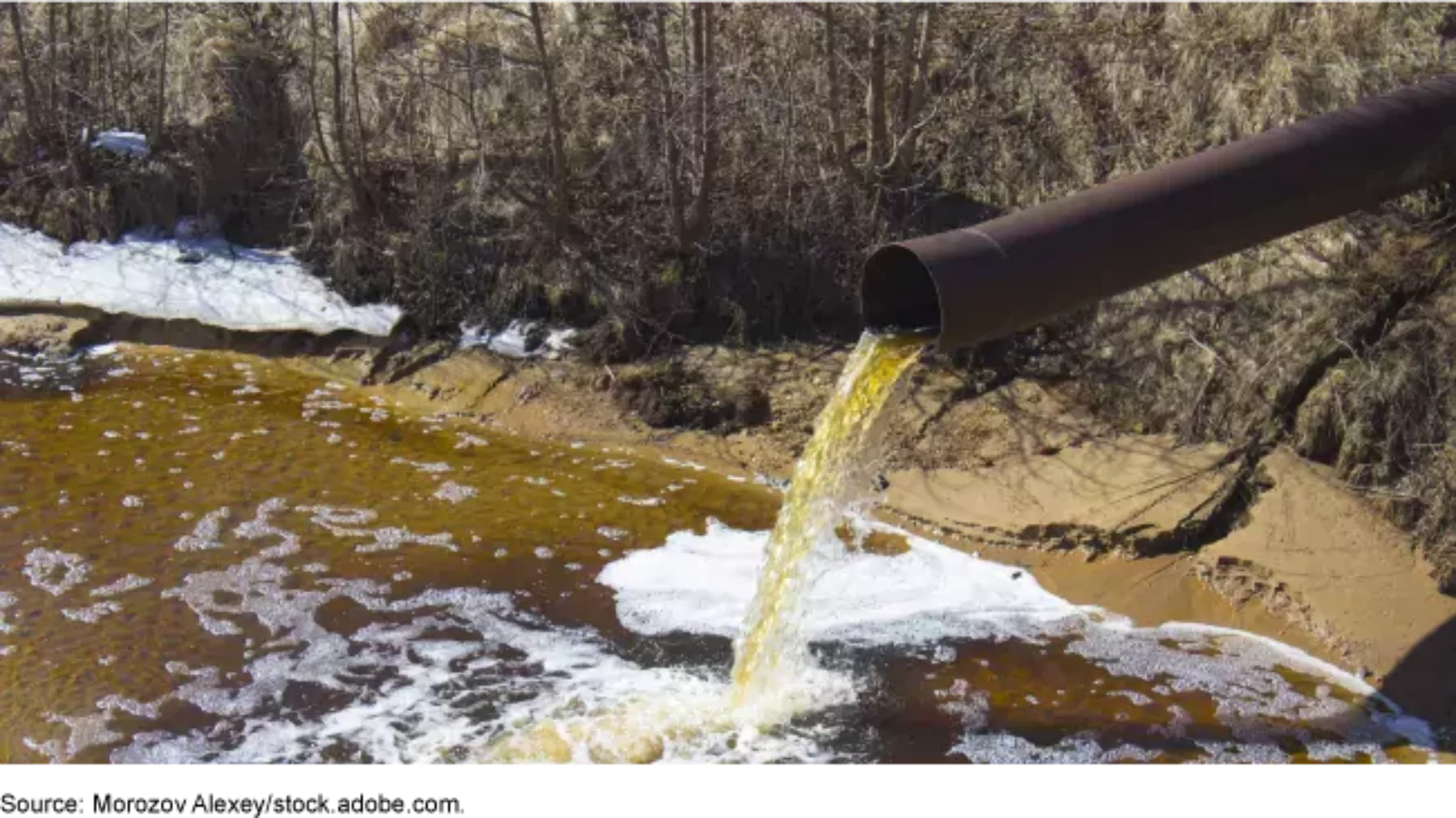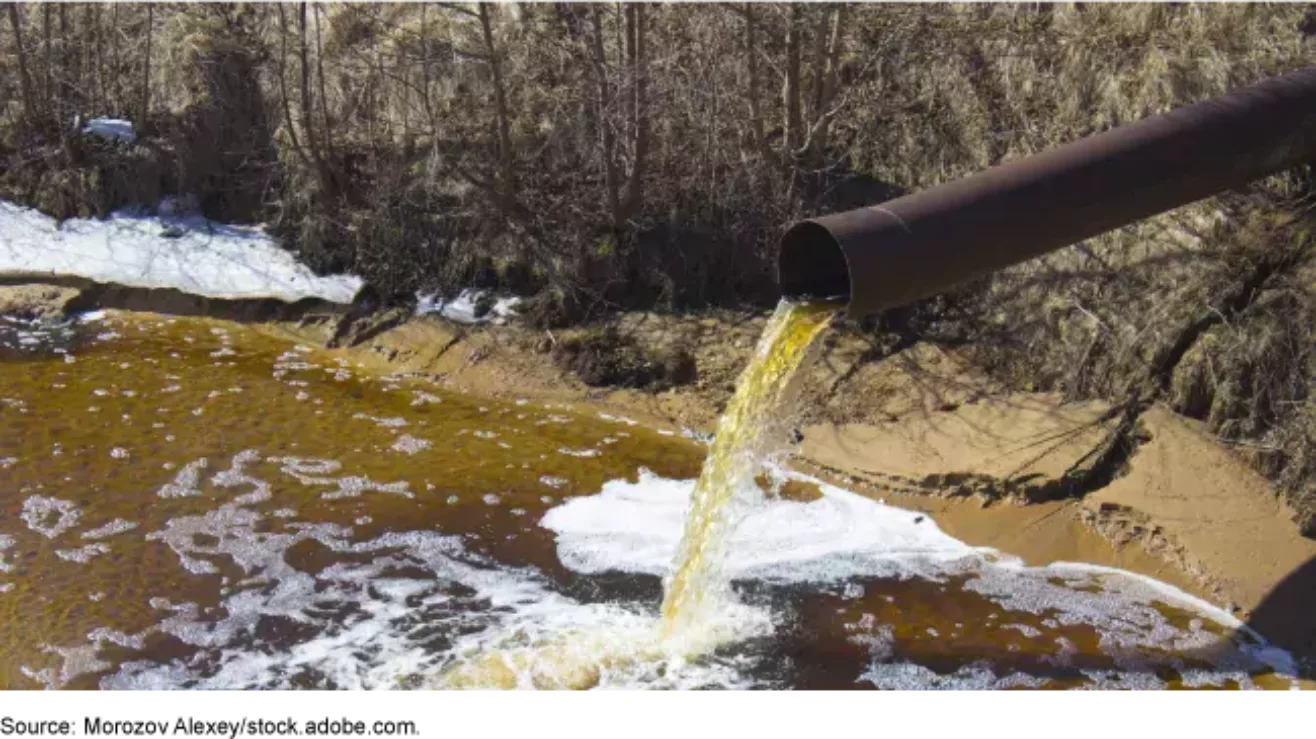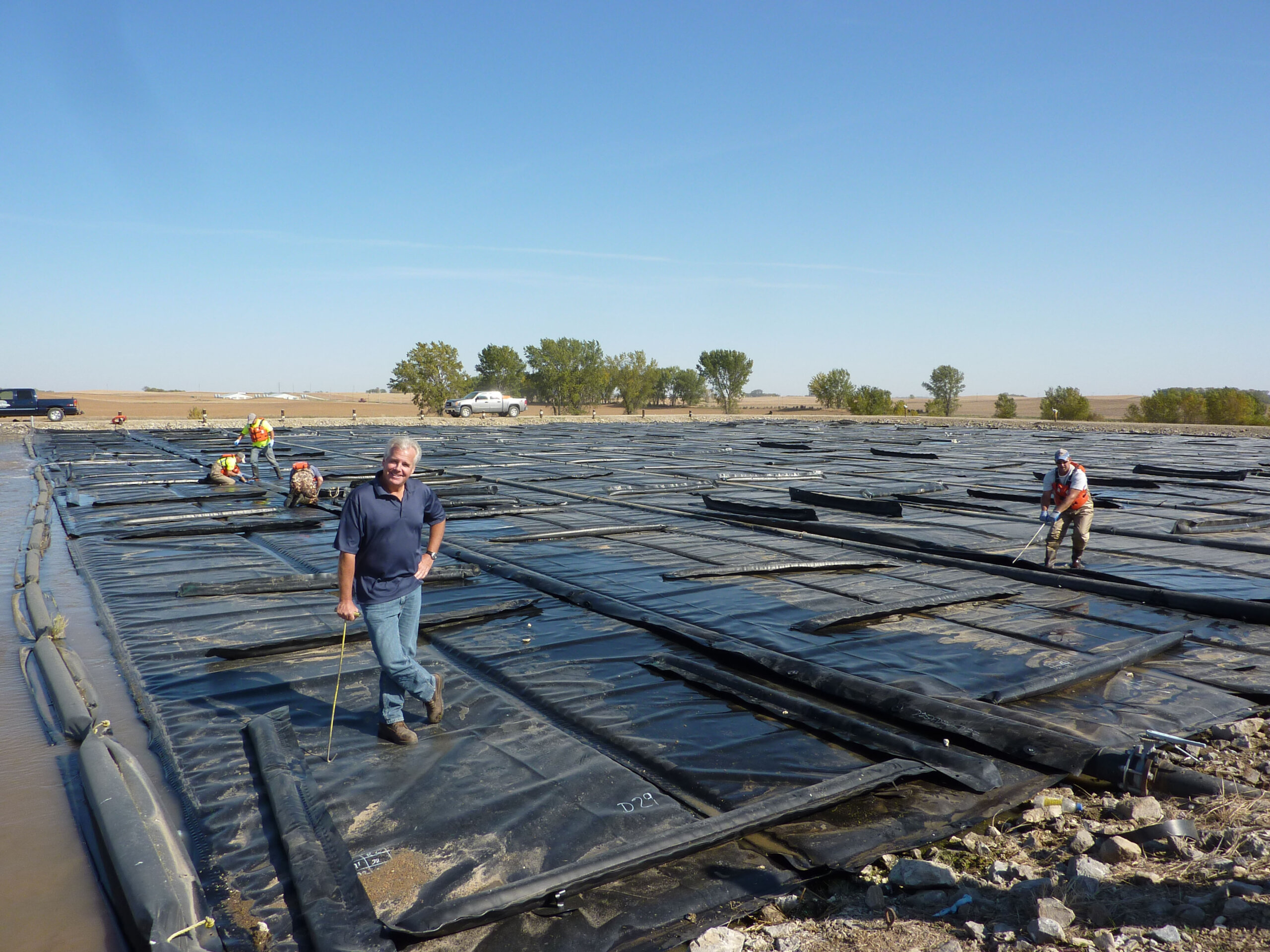
50 Years of the Clean Water Act

A look at how the landmark law changed the water industry.
On October 18, 1972, Public Law 92-500, better known as the Clean Water Act (CWA), was approved and passed by the 92nd Congress.
The approval only occurred after bill S-2770 (Introduced by Senator Edmund Muskie) was vetoed by President Richard Nixon on October 17, 1972. The Senate then overrode the bill on the same day as the veto. The next day, the House of Representatives overrode the veto and approved the bill.
Nixon favored the bill as he had helped outline many aggressive programs to protect our Nation’s water and environment for the bill. It was the $24 billion price tag that he did not approve.
What is the Federal Water Pollution Control Act of 1948
The Federal Water Pollution Control Act of 1948 that had been in place was the first major U.S. law to address water pollution issues. However, it was not providing the protection it should have due to a lack of enforcement. The Clean Water Act of 1972 was an amendment to the Federal Water Pollution Control Act of 1948.
Why the Clean Water Act Was Created
The nation was demanding change due to negative environmental events that had been occurring. In 1969, Ohio’s Cuyahoga River caught on fire due to the large amounts of industrial pollution. President Johnson labeled the Potomac River a “national disgrace” and claimed that if you fell into the river, you may need to receive a tetanus shot. An oil spill off the California coast in 1969 coated 400 square miles with slime and killed hundreds of birds.
The public outcry over water pollution spurred Congress to pass the landmark bill in 1972. The historic law served to protect all U.S. waters – from the meekest streams to the mightiest rivers – from pollution and destruction. It also served by:
- Establishing the basic structure for regulating pollutant discharges into U.S. waters.
- Providing the U.S. Environmental Protection Agency (EPA) the authority to implement pollution control programs and establish wastewater standards for the industry.
- Maintaining current requirements to set water quality standards for all surface water contaminants.
- Making it unlawful for persons to discharge pollutants from a point source into navigable waters unless a permit is obtained under its provisions.
- Funding construction of sewage treatment plants.
- Recognizing the need to address critical problems posed by non-point source pollution.
Historic Water Pollution Control Entities
The previous agencies in charge of water pollution controls laws were not accomplishing the task of keeping our Nation’s waters clean. They were:
- The Public Health Service (PHS)
- Division of Water Supply and Pollution Control of 1949-65
- Federal Water Pollution Control Administration of 1965-66
How the U.S. Environmental Protection Agency Was Established
There needed to be a better way to control water pollution and any new passed laws. As such, President Nixon signed an executive order to establish the EPA, which began operation on December 2, 1970. The House and Senate ratified the order via committee hearings, and William D. Ruckelshaus became the first EPA administrator on December 4, 1970. The EPA had many goals and duties concerning the environment. The CWA was just one part. However, it was a crucial part.
Goals of the Clean Water Act
The primary goal of the CWA was to govern the restoration and maintenance of the chemical, physical, and biological integrity of the Nation’s waters. One principal objective was to prohibit the discharge of pollutants into waters of the U.S., except in compliance with a permit. The goal was to protect all water sources, making them fishable or swimmable.
One of the many impacts of the CWA was the creation of the National Pollutant Discharge Elimination System (NPDES), a permit system for regulating point sources of pollution. Point sources include industrial facilities, municipal wastewater plants and other government and non-government facilities (such as military bases), and some agricultural facilities such as animal feedlots, to name a few.
Clean Water Act Amendments
The Clean Water Act has had two major amendments and some court challenges in the past 50 years.
- Clean Water Act of 1977- Public law 95-217, December 27, 1977
- Water Quality Act of 1987- Public law 100-4, February 4, 1987
- There have been 17 court cases brought before the US Court system involving the CWA over the last 50 years for various reasons.
Clean Water Act & Safe Drinking Water Act
The CWA was the cornerstone for the Safe Drinking Water Act of 1974 and other changes to our water environment and industry. It helped pave the way for new technology, science, engineering, treatment, and many other things. The CWA also helped establish a new occupation of certified environmental operators. There have been many positive changes and improvements over the last 50 years.
The industries still have many challenges ahead such as aging systems, retiring workforce, need for new technologic for the industry such as wastewater reuse, virus detection and many other aspects. The point remains in 50 years a lot has been done and the next 50 years will require more to be done and will be a wild wave to ride.
References
- American Rivers How the Clean Water Act Protects Your Rivers – American Rivers
- Clean Water Act of 1972 https://www.boem.gov/sites/default/files/documents//The%20Clean%20Water%20Act%20of%201972.pdf
- History of the Clean Water Act https://www.epa.gov/laws-regulations/history-clean-water-act
- History of the Clean Water Act April 18, 2018, By Environmental Works https://www.environmentalworks.com/history-of-the-clean-water-act/
- Clean Water Act – Wikipedia
- Clean Water Act (CWA) and Federal Facilities | US EPA

Let’s Get Started
We are happy to help and look forward to hearing from you. Please contact us with any questions or inquiries.